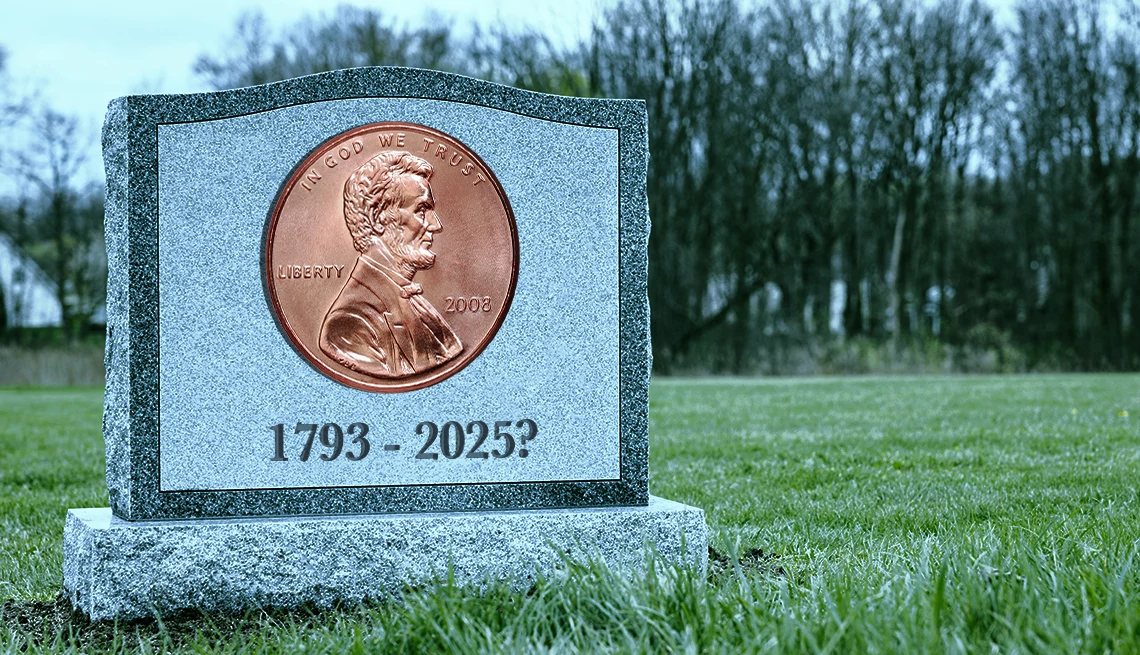
Take a Look Back Behind the History of the Penny
- Select a language for the TTS:
- UK English Female
- UK English Male
- US English Female
- US English Male
- Australian Female
- Australian Male
- Language selected: (auto detect) - EN
Play all audios:
Photo Collage: AARP; (Source: Getty Images (2)) Facebook Twitter LinkedIn
The end appears to be near for the U.S. penny.
The Treasury Department has ordered its final round of penny blanks — flat metal discs that will be turned into coins — and confirmed that it will not put any more pennies into circulation
after those are made, the Associated Press reported May 22.
In February, the White House ordered the Treasury to stop minting the one-cent coin, citing its high production costs. According to the U.S. Mint, the cost of producing and distributing a
penny is more than triple the coin’s face value.
The penny’s fate may not be sealed, since the Constitution grants Congress the authority to regulate the nation’s currency. But if regulators do decide to pinch the coin out of circulation,
it would mark the end of an era — and a farewell to “take-a-penny, leave-a-penny” trays at convenience stores.
In honor of the storied coin, let’s take a look at its rich history.
The penny’s big debutThe penny’s history dates back over 1,200 years ago. The first pennies were made in 790 A.D., when its variations across Europe — which included the German “pfennig” and the Swedish
“penning” — originally denoted any sort of coin or money.
The first U.S. penny, however, wasn’t issued until 1793 by the U.S. Mint. It featured the head of an allegorical woman with flowing hair to symbolize liberty on one side of the coin and 15
chain links to symbolize the unity of the states on the other side. The coins were made of pure copper and were five times heavier than today’s penny, which tips the scales at a mere 2.5
grams.